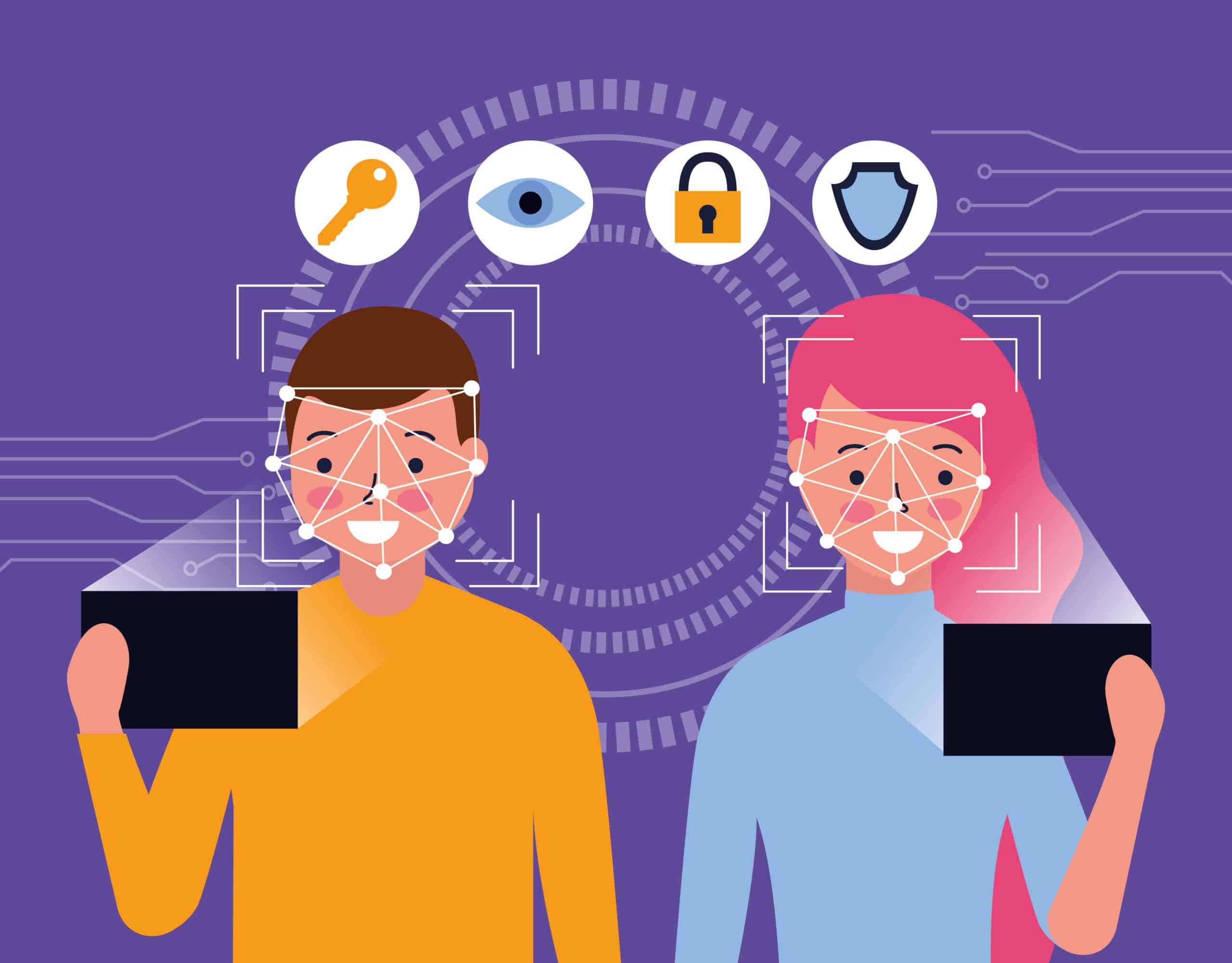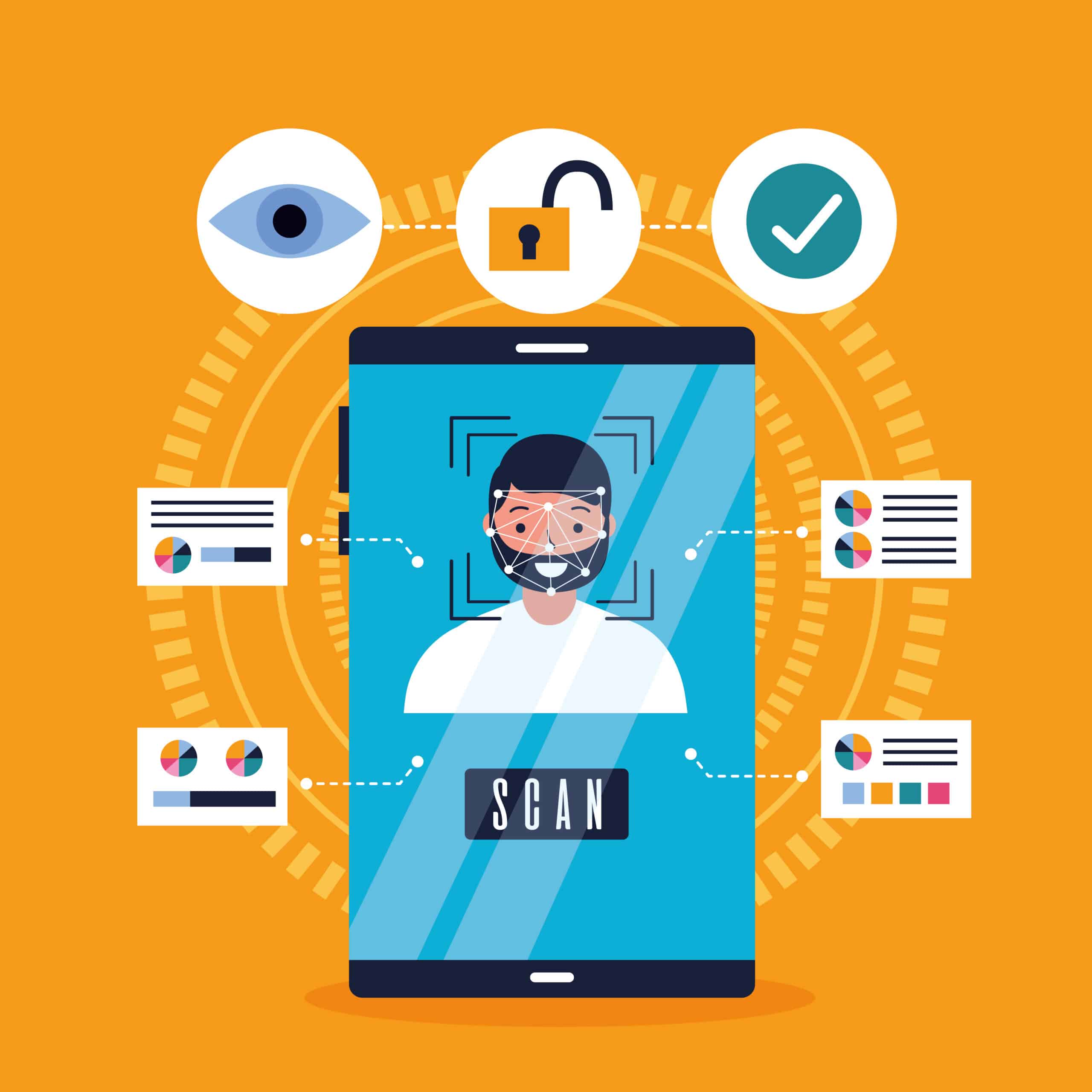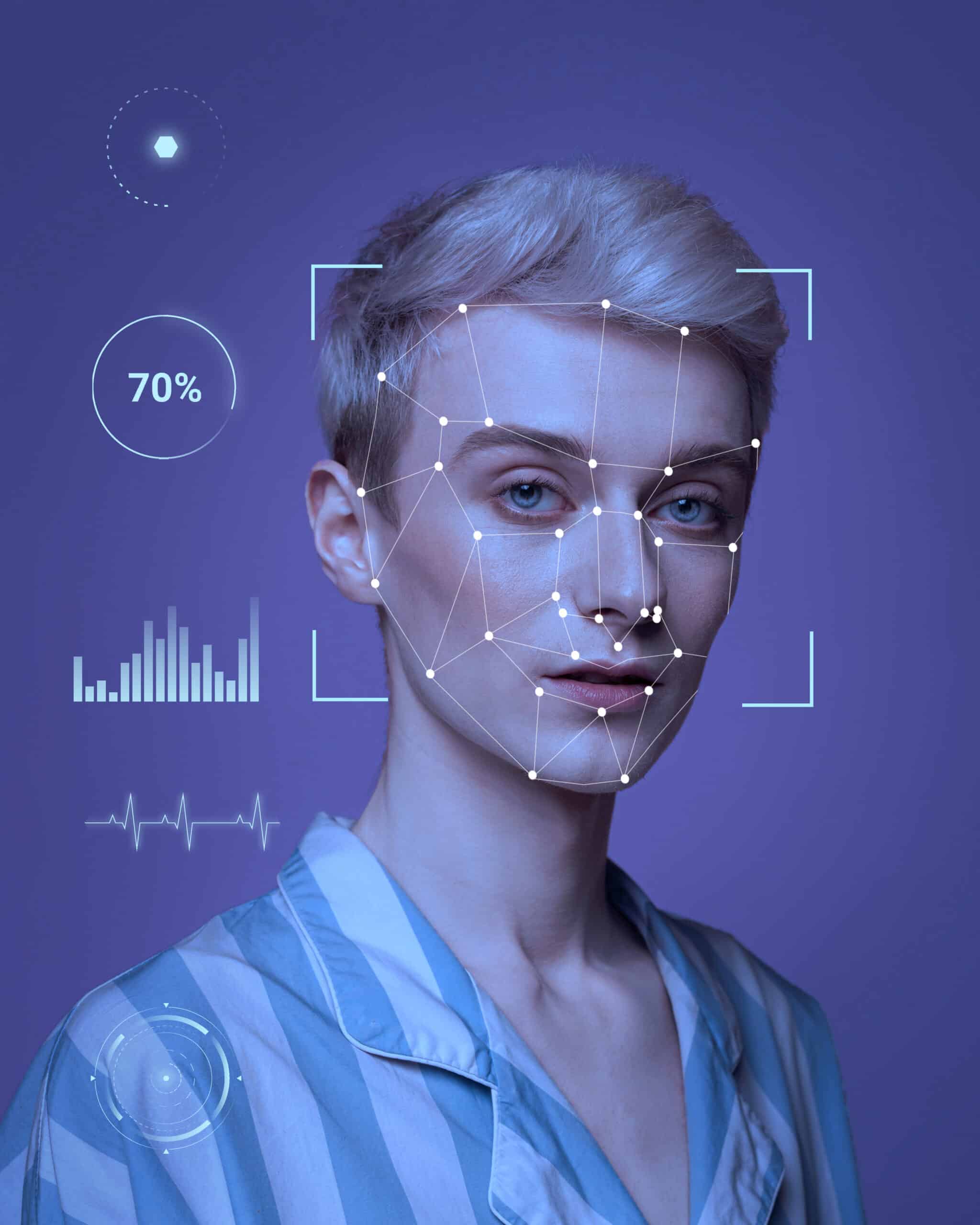Enhancing Security with Facial Recognition Identity Verification Tools
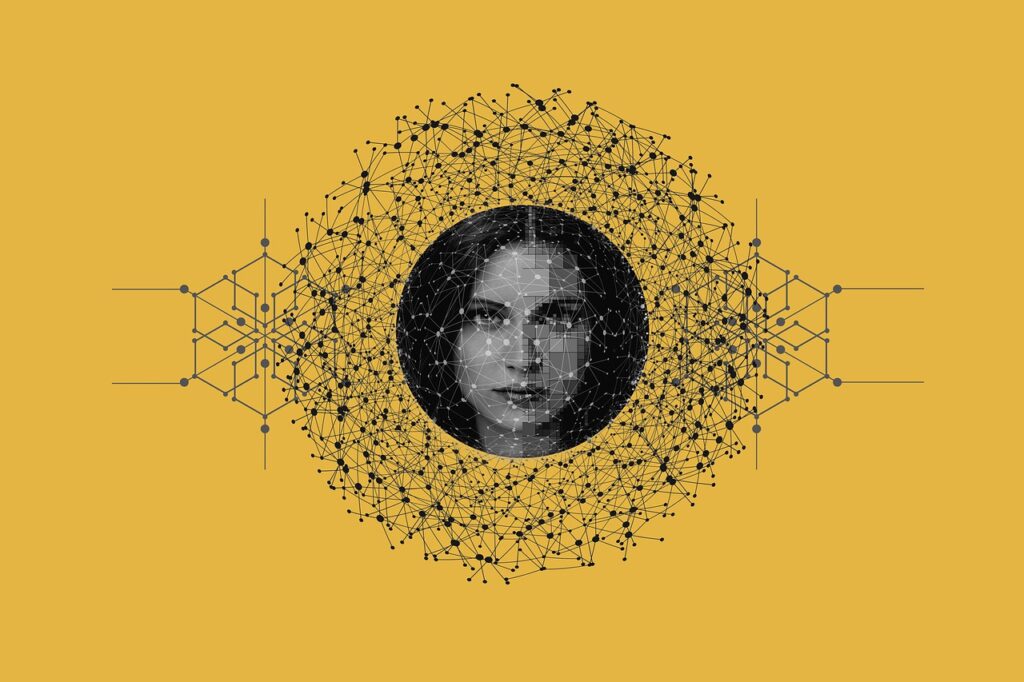
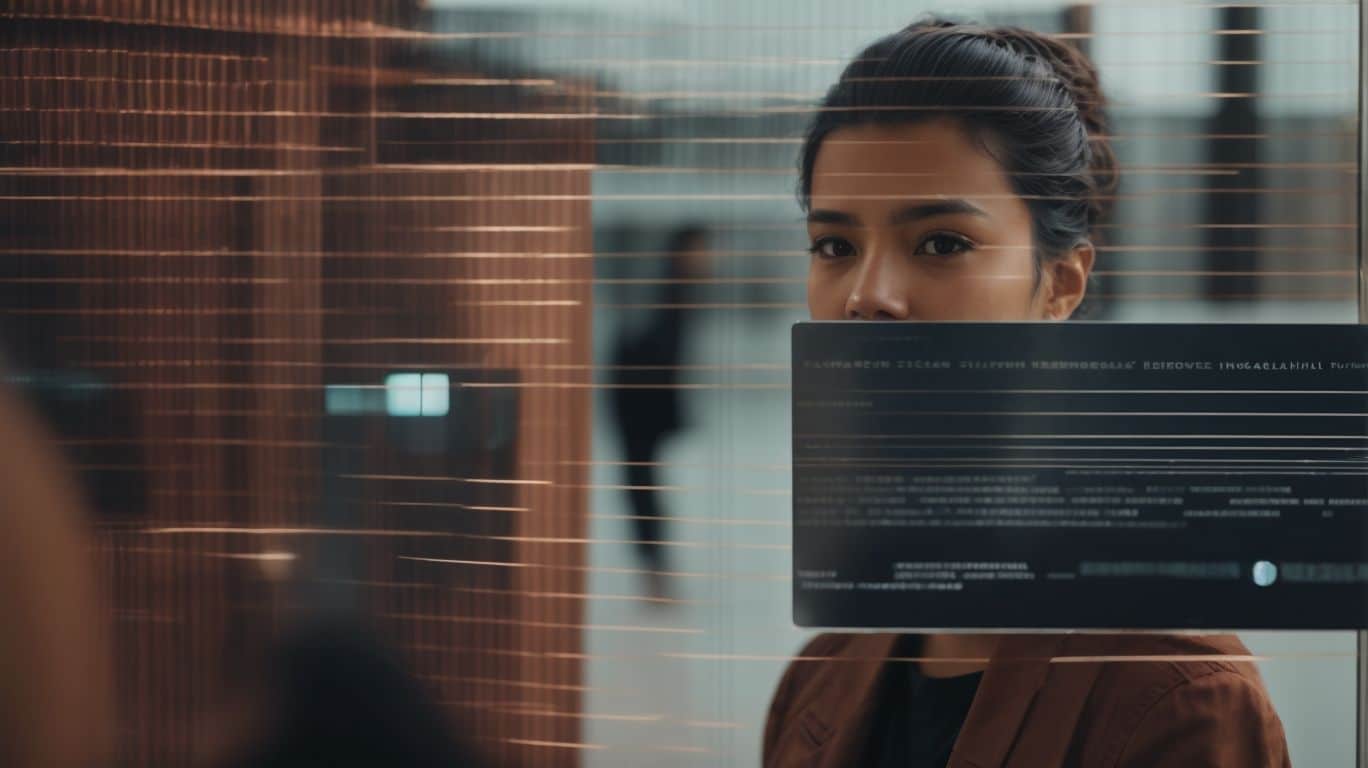
In today’s digital age, security protocols continue to evolve, with facial recognition identity verification tools at the forefront of technological advancements. But how exactly does this innovative technology work? From capturing and detecting facial features to making crucial decisions, the process is intricate yet efficient.
The benefits of facial recognition are vast, from heightened security measures to faster verification processes. Concerns about privacy, biases, and hacking vulnerabilities linger. Despite these risks, the potential applications of facial recognition technology are vast, spanning from airport security to financial transactions.
As advancements in the field continue to emerge, including 3D recognition and emotion detection, the future of facial recognition identity verification is undoubtedly promising.
What Is Facial Recognition Identity Verification?
Facial Recognition Identity Verification is a process that utilizes advanced technology to authenticate and confirm an individual’s identity through biometric data extracted from their facial features.
This technology analyzes unique facial characteristics such as the distance between the eyes, nose, and mouth, as well as facial contours and patterns. Biometrics, which include facial recognition, play a crucial role in enhancing secure access and identity management systems by providing a highly accurate and reliable method of authentication.
By utilizing facial features for verification, organizations can ensure a more robust and efficient process for granting access to sensitive information or restricted areas. Secure authentication mechanisms powered by facial recognition technology offer a seamless and convenient user experience while maintaining the highest standards of security.
How Does Facial Recognition Identity Verification Work?
Facial Recognition Identity Verification operates through a series of steps involving the capture, extraction, comparison, and verification of an individual’s facial features for authentication purposes.
- Initially, during the capture stage, a camera or scanner acquires a subject’s facial image, creating a digital representation. Feature extraction then identifies specific points on the face, such as the distance between the eyes or the shape of the jawline, converting them into mathematical data.
- During the comparison stage, the system matches this data against a stored template or database of facial biometrics to identify potential matches.
- During the verification stage, the system evaluates the level of similarity between the captured features and the stored data to authenticate the individual’s identity.
Capture and Detection
-
- The first step in Facial Recognition Identity Verification involves capturing facial attributes through precise facial scanning techniques to ensure data protection and accuracy of the biometric data.
During the capture and detection phase, the accuracy of facial scanning plays a crucial role in verifying an individual’s identity securely, especially in secure transactions. Advanced algorithms are used by the system to map out unique facial features and create a digital template that encrypts for enhanced data protection. Implementation of biometric data protection measures ensures the privacy and security of users’ personal data, safeguarding it from unauthorized access. These stringent privacy measures are essential in maintaining trust and compliance in facial recognition technology applications.
Feature Extraction
Following capture, Feature Extraction employs artificial intelligence and machine learning algorithms to analyze and extract key facial attributes essential for the identification process.
This step crucially plays a role in Facial Recognition Identity Verification by converting raw facial data into a format that the system can utilize for matching and authentication purposes.
By focusing on aspects like facial landmarks, textures, and shapes, Feature Extraction allows the system to create a unique ‘facial fingerprint’ for each individual. Through the utilization of advanced algorithms, it ensures that the extracted features are accurate and reliable, thereby enhancing the overall security and efficiency of the authentication process.
Comparison and Verification
The Comparison and Verification stage utilizes secure authentication methods to compare the extracted facial features against stored data for accurate identity validation.
This process involves sophisticated algorithms that analyze unique facial landmarks such as the distance between the eyes, nose shape, and jawline to ensure precise matching. By leveraging advanced technology such as neural networks and machine learning, the system can detect even subtle differences to prevent unauthorized access.
Accuracy is paramount in identity verification to safeguard sensitive information and maintain the integrity of secure systems. Implementing multi-factor authentication adds an extra layer of security, requiring additional validation methods like passwords or biometric scans for enhanced protection against fraudulent attempts.
Decision Making
In the final stage of Facial Recognition Identity Verification, decision-making algorithms help prevent fraud and identity theft by determining the authenticity of the individual based on verified facial data.
These decision-making algorithms play a crucial role in upholding security protocols and ensuring robust fraud prevention measures. By analyzing a range of facial features, such as facial landmarks and unique identifiers, the algorithms can accurately assess whether the individual matches the authenticated profile on file.
This process helps in mitigating the risks associated with identity theft and fraudulent activities. The algorithms constantly adapt and learn from new data, enhancing their effectiveness in verifying identities and detecting any unauthorized or malicious attempts at circumventing the authentication process.
What Are the Benefits of Facial Recognition Identity Verification?
Facial Recognition Identity Verification offers numerous benefits, including enhanced security measures, streamlined user identification, and secure login processes for seamless access control.
By utilizing advanced facial recognition technology, this innovative system not only provides heightened security protocols but also ensures a user-friendly experience.
Users can effortlessly verify their identity with just a glance, eliminating the need for traditional passwords or PINs. This not only enhances convenience but also reduces the risk of unauthorized access.
The secure login functionalities of facial recognition systems offer a robust layer of protection, safeguarding sensitive information from potential cyber threats.
What Are the Potential Risks and Concerns?
Despite its benefits, Facial Recognition Identity Verification poses potential risks such as privacy concerns, susceptibility to hacking, and threats related to identity theft.
Privacy implications arise as facial recognition technology collects and stores biometric data, raising questions about its secure storage and potential misuse. Cybercriminals could exploit security vulnerabilities within facial recognition systems to gain unauthorized access to sensitive information. The risks of identity theft increase as hackers may attempt to manipulate or spoof the facial recognition process to impersonate individuals. Ensuring robust cybersecurity measures and stringent data protection protocols is crucial in mitigating these risks and safeguarding personal information.
Privacy Concerns
Privacy concerns in Facial Recognition Identity Verification revolve around digital security and the protection of sensitive data captured during the verification process.
This raises important questions about how this biometric data is stored, who has access to it, and how it is being used.
Individuals worry about the potential misuse of their facial recognition data for tracking or surveillance purposes without their consent. There are fears about data breaches and hacker attacks that could compromise this sensitive information.
Ensuring robust encryption methods, implementing strict access controls, and adhering to strict data protection regulations are crucial steps in addressing these privacy concerns.
Potential for Biases and Discrimination
The use of Facial Recognition Identity Verification raises concerns about biases, discrimination, and challenges related to ensuring fair and accurate identity validation processes.
One of the primary concerns associated with facial recognition technology in identity verification is the potential for racial and gender biases to impact verification accuracy. Studies have shown that certain algorithms used in facial recognition can be less accurate when identifying individuals with darker skin tones or those who do not conform to traditional gender norms.
These biases can lead to increased instances of discrimination, especially in settings where secure environments and fair identity validation practices are crucial, such as financial institutions, border control, and law enforcement agencies.
Vulnerability to Hacking
Facial Recognition Identity Verification faces threats from hacking due to vulnerabilities in secure access control systems, necessitating robust security solutions to safeguard against potential breaches.
- Hackers may exploit weaknesses in the secure access control protocols of Facial Recognition Identity Verification systems to gain unauthorized access. This highlights the critical need for organizations to implement advanced security measures, such as multi-factor authentication and encryption protocols, to fortify their defenses against cyber threats.
- Secure technology solutions like biometric authentication and behavioral analytics can further enhance the protection of sensitive identity data from potential breaches. It is imperative that businesses stay vigilant and continuously update their security infrastructure to stay one step ahead of cybercriminals.
How Can Facial Recognition Identity Verification Be Used?
Facial Recognition Identity Verification finds applications across various sectors, including airport security, law enforcement, and access control systems, due to its robust authentication capabilities.
- Airports utilize Facial Recognition Identity Verification technology to streamline the passenger boarding process and enhance security measures by swiftly identifying individuals against watchlists.
- Law enforcement agencies leverage this advanced system to aid in criminal investigations, quickly identifying suspects or verifying the identity of persons of interest.
- Access control systems in corporate environments rely on Facial Recognition for secure entry, replacing traditional keys or ID cards with biometric authentication methods for heightened security.
Airport Security
Facial Recognition Identity Verification enhances airport security measures by enabling secure transactions and identity verification processes for passenger screening and authentication.
Through the use of advanced biometric technology, Facial Recognition Identity Verification offers a seamless and efficient way to confirm the identity of travelers, significantly reducing the risk of fraudulent activities and unauthorized access. By comparing facial features captured by cameras to a secure database of registered individuals, airports can swiftly identify passengers, allowing for a smooth and hassle-free boarding process. This technology not only enhances security but also improves overall operational efficiency, providing a reliable and rapid means of authentication for travelers.
Law Enforcement and Surveillance
Law enforcement agencies leverage Facial Recognition Identity Verification for surveillance purposes, facilitating facial matching and identification of individuals in real-time scenarios.
This technology plays a crucial role in enhancing security measures and streamlining identification processes by utilizing advanced facial biometrics. Facial Recognition Identity Verification enables law enforcement to quickly verify the identity of individuals by comparing captured facial features against a database of known faces.
In addition, the real-time nature of this system allows for swift responses in identifying suspects or persons of interest, improving the overall effectiveness of surveillance operations.
Secure user authentication protocols ensure that only authorized personnel have access to the facial recognition system, enhancing privacy and preventing misuse of data.
Banking and Financial Transactions
The banking sector adopts Facial Recognition Identity Verification to enhance security in financial transactions through secure biometric authentication methods for customer identification and verification.
This technology has revolutionized the way banks and financial institutions conduct transactions by providing a highly secure and efficient means of customer authentication. By capturing and analyzing unique facial features, such as the distance between eyes or the shape of the nose, the system can accurately confirm the identity of individuals, minimizing the risk of fraud or unauthorized access. The integration of Facial Recognition Identity Verification in banking not only streamlines the authentication process but also enhances the overall customer experience, making transactions more convenient and secure.
Access Control and Authentication
Facial Recognition Identity Verification serves as a robust solution for access control and authentication needs, ensuring reliable identity validation processes for secure environments.
By leveraging advanced facial authentication technology, organizations can enhance the security of their premises by accurately identifying individuals based on unique facial features. This technology plays a vital role in verifying the identity of personnel, visitors, or customers, thereby preventing unauthorized access and potential security breaches.
Secure facial recognition tools employ sophisticated algorithms to match facial images against authorized databases, reducing the risk of identity fraud and imposters gaining entry. In high-security environments such as government buildings, banks, or data centers, the implementation of facial recognition identity verification offers unparalleled levels of protection and monitoring capabilities.
What Are the Advancements in Facial Recognition Technology?
Advancements in Facial Recognition Technology have led to innovative solutions such as 3D Facial Recognition and emotion detection capabilities, enhancing the accuracy and efficiency of identification processes.
These developments have revolutionized the way facial attributes are analyzed, allowing for a more comprehensive and precise understanding of unique features like facial geometry, skin texture, and micro-expressions.
The integration of 3D recognition technology enables systems to create detailed facial maps, making it harder for potential security breaches or identity fraud. Emotion detection adds another layer of sophistication, enabling a system to gauge not just physical appearance but also the emotional state of an individual, enhancing the overall accuracy of identification while ensuring secure technology implementation.
3D Facial Recognition
3D Facial Recognition technology introduces a new dimension to identity verification processes, utilizing facial biometrics and advanced analysis techniques for enhanced accuracy in identification.
This cutting-edge technology leverages the unique contours and features of an individual’s face, creating a detailed 3D map that is more reliable than traditional 2D methods. By capturing depth information along with surface characteristics, 3D Facial Recognition offers heightened security measures against spoofing and fraud attempts.
This innovation is particularly valuable in security-sensitive sectors such as law enforcement, border control, and financial services, where stringent identity verification is paramount. The use of advanced algorithms facilitates swift and precise comparisons, streamlining authentication processes and reducing the risk of unauthorized access.
Emotion Detection
Emotion Detection capabilities in Facial Recognition Technology enable the analysis of facial features to enhance security solutions and provide additional insights during identity verification processes.
This advanced feature allows for the recognition and interpretation of various emotions such as happiness, sadness, anger, and surprise, which can play a crucial role in security settings. By incorporating Emotion Detection into facial recognition systems, security measures are strengthened as the technology can not only identify individuals but also assess their emotional state. This integration adds another layer of identity validation, making it more robust and effective in differentiating between authorized users and potential threats.
Liveness Detection
Liveness Detection features in Facial Recognition Technology ensure the real-time presence of an individual during identity verification, enhancing the security and reliability of the authentication process.
This technology plays a crucial role in preventing fraudulent attempts by verifying that the person being authenticated is physically present, rather than using a static image or video recording. By analyzing factors such as eye movement, blinking, and other facial expressions, liveness detection adds an extra layer of security to prevent unauthorized access. This capability is especially vital in secure environments such as banking, government agencies, and high-security facilities, where accurate identity management is paramount for safeguarding sensitive information and preventing identity theft.
Multi-Factor Authentication
Multi-Factor Authentication solutions integrated with Facial Recognition Technology enhance security in various systems by adding an extra layer of protection against unauthorized access and fraud attempts.
This advanced combination of security measures ensures that individuals trying to gain illegitimate access are promptly identified and denied entry, even if they possess stolen passwords or other login credentials. By utilizing both something the user knows (like a password) and something they are (their facial features), Multi-Factor Authentication coupled with Facial Recognition adds a powerful shield against identity theft and fraudulent activities. This innovative technology greatly reduces the risk of data breaches and financial losses caused by cybercriminals attempting to exploit vulnerabilities in traditional authentication methods.
What Are the Key Features of Facial Recognition Technology?
Facial Recognition Technology encompasses a range of key features such as facial attribute analysis and secure technology integrations, enhancing identity verification processes.
Facial attribute analysis plays a vital role in recognizing different facial features like eyes, nose, and mouth, enabling accurate identification of individuals. By utilizing advanced algorithms and machine learning, the technology can analyze facial characteristics with precision.
The integration of secure technology ensures that the verification process is reliable and resistant to unauthorized access. Identity management is streamlined through the utilization of secure authentication methods, offering a comprehensive approach to safeguarding sensitive information and maintaining data integrity.
Facial Attribute Analysis
Facial Attribute Analysis in Facial Recognition Technology involves the examination of distinct facial features to aid in accurate identification and verification processes.
This process plays a crucial role in the realm of facial biometrics by analyzing key facial attributes such as the distance between the eyes, nose shape, and jawline structure to create a unique facial signature for each individual.
By utilizing advanced algorithms, facial recognition systems can map out these intricate features and compare them with stored templates for secure user verification. The accuracy of facial attribute analysis is paramount in ensuring the reliability and efficiency of facial recognition technology in various applications, from unlocking smartphones to enhancing security in high-profile facilities.
Secure Technology Integrations
Secure Technology Integrations in Facial Recognition Technology enhance the overall security posture by integrating advanced software solutions for seamless and reliable identity verification.
This integration of secure technology plays a critical role in bolstering security measures and streamlining the verification process. By incorporating cutting-edge security features such as multi-factor authentication and encryption protocols, facial recognition systems can ensure a high level of protection against unauthorized access and fraudulent activities.
The use of secure authentication methods adds an extra layer of defense, safeguarding sensitive data and enhancing the overall trustworthiness of the technology. Through continuous advancements in software integration, facial recognition technology continues to evolve towards a more secure and efficient solution for various industries.
Frequently Asked Questions
What are facial recognition identity verification tools and how do they work?
Facial recognition identity verification tools are advanced security protocols that use biometric technology to scan and match a person’s facial features to a database of known identities. This process involves capturing an image or video of a person’s face, extracting unique features, and comparing them to existing data to verify their identity.
How do facial recognition identity verification tools enhance security protocols?
By using biometric technology, facial recognition identity verification tools provide a more accurate and secure form of identification compared to traditional methods like passwords or ID cards. This helps to prevent impersonation, fraud, and other security breaches.
Are facial recognition identity verification tools difficult to use?
No, facial recognition identity verification tools are designed to be user-friendly and easy to use. They can be integrated into existing security systems and can be operated with minimal training.
Can facial recognition identity verification tools be fooled by someone wearing a mask or disguise?
Advanced facial recognition technology takes into account various factors such as facial movements, skin texture, and shape of facial features to accurately identify a person. While it may be possible to trick some basic systems with a mask or disguise, the latest facial recognition tools have measures in place to prevent this type of fraud.
Are facial recognition identity verification tools secure and private?
Yes, facial recognition identity verification tools are designed with security and privacy in mind. The systems are encrypted and secure, and biometric data is stored using advanced encryption methods to protect user privacy.
Where are facial recognition identity verification tools currently being used?
Various industries are using facial recognition identity verification tools, including airport security, law enforcement, border control, and access control for buildings and facilities. Additionally, consumer devices such as smartphones and laptops are integrating them for personal security and convenience.

